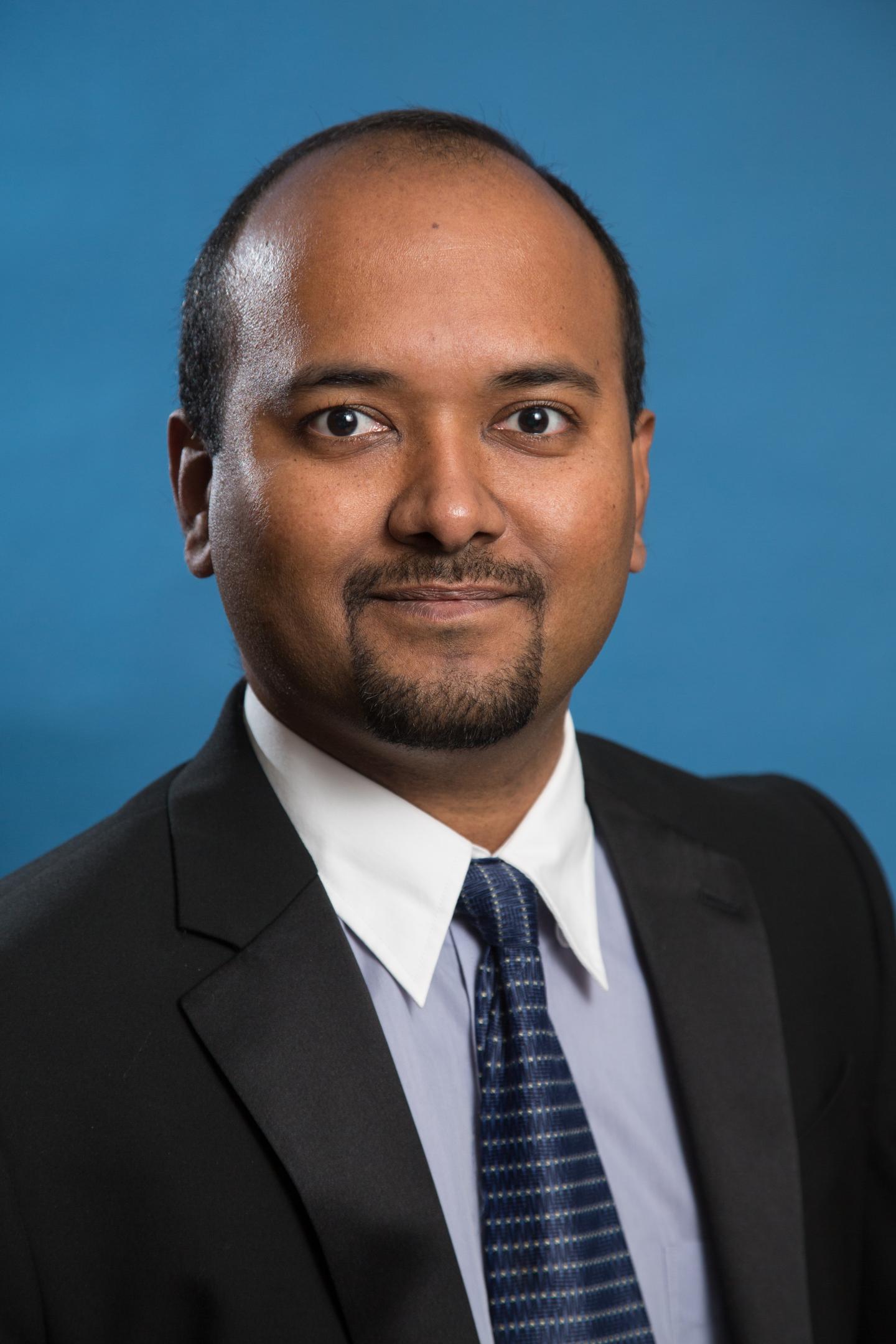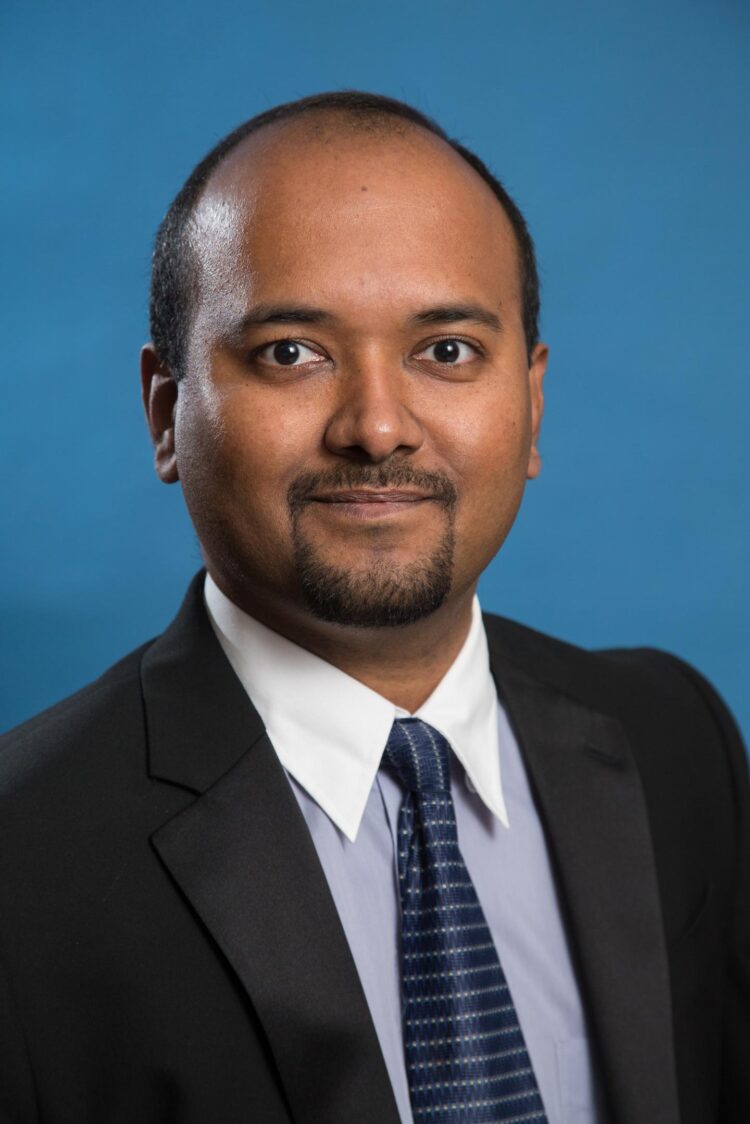UH engineer working to improve radio frequency communication capacity

Credit: University of Houston
There are big advantages to 5G networks. In addition to faster speeds, 5G offers greater bandwidth and network capacity, paving the way for a future of driverless cars, connected devices and more high-definition connections for virtual meetings and telemedicine. But the rollout in the United States and elsewhere has been stymied by gaps in available technology that could operate at the high frequencies required by 5G.
An electrical engineer at the University of Houston is creating a roadmap toward that 5G future, using a $1.7 million grant to design and build a system capable of supporting 5G infrastructure.
Harish Krishnamoorthy, assistant professor of electrical and computer engineering, is working on the Department of Defense-funded project with New Edge Signal Solutions, a Massachusetts company which builds high-speed broadband radio frequency systems.
Krishnamoorthy, whose lab focuses on power electronics, said successful adoption of 5G networks will require adapting software to support the demands. “But first, we need hardware that is fast enough and capable of supporting 5G.”
That’s where he comes in, charged with developing a higher power 5G envelope tracking power supply that can operate with a bandwidth of 100 megahertz (MHz) or higher; current state-of-the-art envelope bandwidth in commercial applications is about 20 MHz for a peak power of greater than 65 watts, he said. The higher bandwidth allows 5G systems to offer better speed, resolution and clarity.
Envelope tracking is a type of power supply modulation technique that continuously adjusts the converter voltage used by the radio frequency power amplifier in order to keep it running at peak efficiency. Boosting both frequency and power at the same time is technically challenging, in part because of the excess heat produced. The continuous adjustment via envelop tracking can significantly reduce the amount of waste heat produced by the system, despite the higher power output.
4G systems, by comparison, typically operate on established frequencies at lower peak power and at a lower bandwidth. One hundred MHz is just a starting point for 5G, Krishnamoorthy said. “Even getting to that point is hard with current technology. We will need to advance power electronics to support that.” The goal over the five-year life of the project is to exceed 100 MHz at close to 200 watts peak power.
Krishnamoorthy said the work will proceed in steps, “through the use of better device technologies, paralleling power converters and including a smart error correction technique, without which we would be unable to achieve the efficiency as well as linearity targets of the project.”
###
Media Contact
Jeannie Kever
[email protected]
Original Source
https:/





